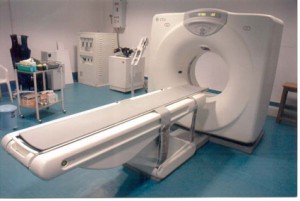Don’t you just love watching figure skaters? So graceful, so smooth on the ice. The rest of us? Not so much. Nothing can go so wrong so fast as when we’re walking on icy sidewalks, or across frozen parking lots. Ouch!
So how do we stay safe in icy conditions?
Experts say good shoes are the first key. You want rubber or neoprene composite souls, preferably with good ankle support.
Walk very slowly, testing each step before putting all your weight down.
Keep your hands out of your pockets! Better to balance yourself with them, and use them to brace yourself if you do slip.
Don’t – repeat – don’t carry small children. If you fall, they’ll be helpless.
Hang on to your vehicle when getting in or out of it.
Don’t take shortcuts. Plan your route and give yourself time.
Oh, and it helps to have a sense of humor.
{ 0 comments }

